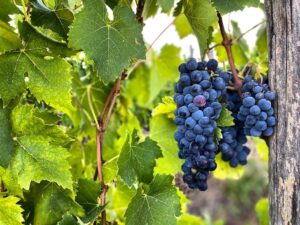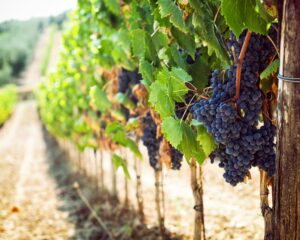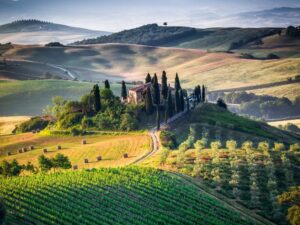
Volcanic wines. Etna DOC
VOLCANIC WINES ETNA DOC
Viticulture is influenced by many factors but, certainly, the terroir is the one that has the biggest impact. Despite what can be thought, a vine doesn’t benefit from fertile soils but rather performs better in poor ones where it has to work harder to ramify and feed the berries with the nutrients needed.
In fact, volcanic soils develop particular characteristics which are ideal for growing grapes. The volcanic hash is a key element because it is porous and it mixes with rocks, creating a hospitable environment for plants to absorb water through their roots. The lava’s flow fills the ashy soil with nutrients such as magnesium, calcium, sodium, iron and potassium which are crucial in viticulture.
The Etna mount is one of the most famous Volcanoes in the world and is in Sicily, 30 kilometres north of Catania. Etna is 3346 meters high and 150 kilometres wide hence the temperature can vary but it is generally cooler than the most of Sicily with cold winters and not too hot summers. It is interesting to point out a relevant difference between day and night which favour the phenolic maturation and help to retain the acidity.
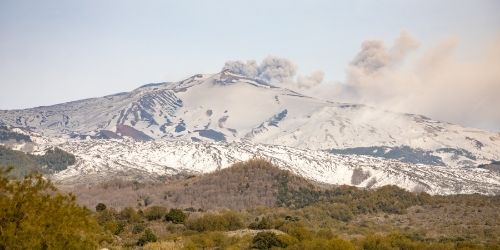
VOLCANIC WINES ETNA DOC
However, growing vines on the Etna mount can be very difficult. On the high slopes mechanization is impossible; jobs are done manually and often in challenging conditions. Moreover the vineyard needs special care to be preserved from possible volcanic eruptions and protected from drastic climate changes.
In the late XIX Century there were already 50.000 hectares of vineyards spread around Etna, producing 100.000.000 litres of wine.
In 1968 ETNA DOC was the first in Sicily to get the appellation of origin and included 20 communes into it. Within the label ETNA DOC BIANCO are produced wines that contain minimum 60% of Carricante and Cataratto for the remaining (even if is allowed to use in the blend up to 15% of local grapes.)
An outstanding example of ETNA DOC BIANCO, internationally awarded, is “Bianco di Sei” 2018 by Palmento Costanzo. On the nose stands out the saline note together with the perfume of white flowers and sage. On the palate is a Sicilian explosion of citrus fruits with a persistent minerality that makes the wine pleasant and easy to approach.
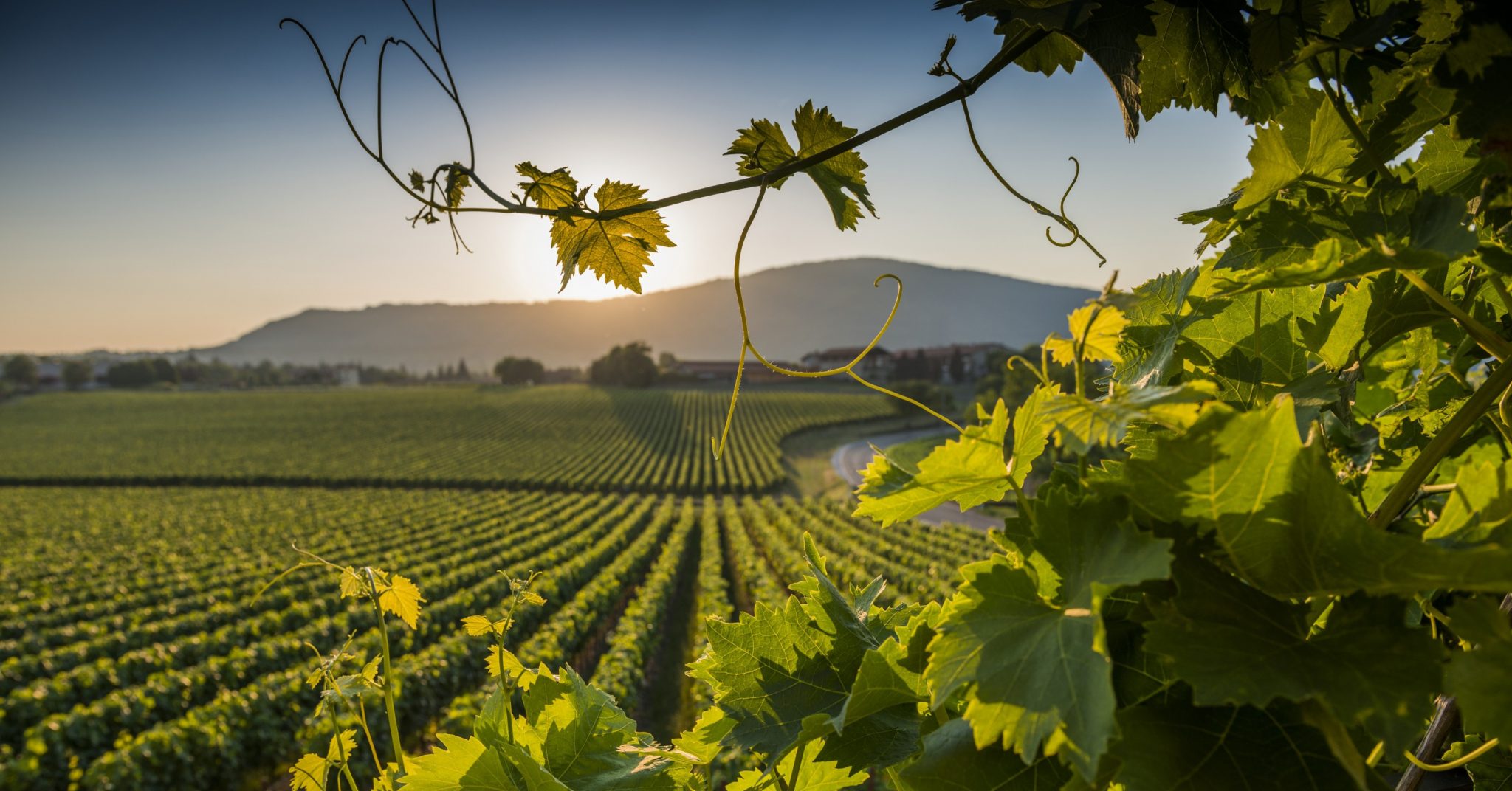
In regards of red grapes, surely, Nerello Mascalese is the king and has to be present for a minimum of 80% to produce ETNA DOC ROSSO with the remaining 20% represented by other local varieties. ETNA DOC ROSSO can be named RISERVA if the wine ages for minimum 4 years which 12 months of that period has to be in oak.
One of the best expression of the Etna mount is the “ETNA ROSSO Feudo di Mezzo” by Girolamo Russo that has been included in the prestigious selection of the “ Gambero Rosso” Italian guide. It is made by 100% Nerello Mascalese; does a maceration of 13 days on the skins and age 22 months which 16 of those in old French oak.
Feudo di mezzo 2016 is a full body wine, high in alcohol and full of personality. The intensity of black cherries along with the high acidity and the aromatic herbs balance the alcohol out resulting in an elegant and fine wine with great potential for ageing.
Viticulture on Etna like in other volcanoes is challenging, nothing is for granted and requires a lot of effort to get a good result. All seemingly negative factors that would probably discourage the most but definitely enhance the braves.
In fact, the personality of those volcanic wines reflect the temper of the Sicilian producers and the passion for their land: “Up there, working on the slopes, tenacious and romantic, between sky and sea dreaming to conquer the world with their unique wines”.
Author: Riccardo Pepi
READ MORE ABOUT ITALIAN WINES ON OUR BLOG
WINE TRAVEL PACKAGES

